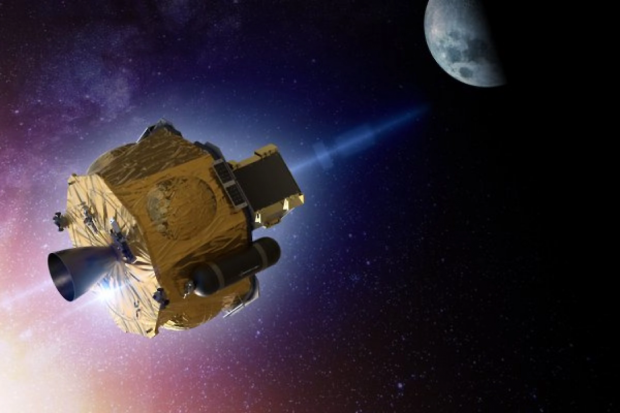
Breaking News
 Candace Owens Reacts to Erika Kirk's Interviews and Comments about Questioning TPUSA
Candace Owens Reacts to Erika Kirk's Interviews and Comments about Questioning TPUSA
 Bank of America just leaked their report to institutional clients.
Bank of America just leaked their report to institutional clients.
 IDEAL HUB TO KICK OFF THE GRAND PLAN: BIRTH OF "USAMERICAS"
IDEAL HUB TO KICK OFF THE GRAND PLAN: BIRTH OF "USAMERICAS"
 Why It's Cheaper to Abandon This Container
Why It's Cheaper to Abandon This Container
Top Tech News
 This tiny dev board is packed with features for ambitious makers
This tiny dev board is packed with features for ambitious makers
 Scientists Discover Gel to Regrow Tooth Enamel
Scientists Discover Gel to Regrow Tooth Enamel
 Vitamin C and Dandelion Root Killing Cancer Cells -- as Former CDC Director Calls for COVID-19...
Vitamin C and Dandelion Root Killing Cancer Cells -- as Former CDC Director Calls for COVID-19...
 Galactic Brain: US firm plans space-based data centers, power grid to challenge China
Galactic Brain: US firm plans space-based data centers, power grid to challenge China
 A microbial cleanup for glyphosate just earned a patent. Here's why that matters
A microbial cleanup for glyphosate just earned a patent. Here's why that matters
 Japan Breaks Internet Speed Record with 5 Million Times Faster Data Transfer
Japan Breaks Internet Speed Record with 5 Million Times Faster Data Transfer
 Advanced Propulsion Resources Part 1 of 2
Advanced Propulsion Resources Part 1 of 2
 PulsarFusion a forward-thinking UK aerospace company, is pushing the boundaries of space travel...
PulsarFusion a forward-thinking UK aerospace company, is pushing the boundaries of space travel...
 Dinky little laser box throws big-screen entertainment from inches away
Dinky little laser box throws big-screen entertainment from inches away
 'World's first' sodium-ion flashlight shines bright even at -40 ºF
'World's first' sodium-ion flashlight shines bright even at -40 ºF
Rocket Lab launches its two-in-one satellite for deep space missions

The team also managed to insert its own house-built Photon satellite into orbit as part of the same flight, it revealed today, marking the first outing for a spacecraft it hopes to one day send to the Moon, and possibly beyond.
New Zealand's Rocket Lab has been delivering satellites to orbit at a steady rate over the past couple of years, carrying out missions for NASA, DARPA and the US Air Force. Last Sunday it put a July launchpad failure behind it with a successful mission for Capella Space, in which a 100-kg (22-lb) satellite was placed into orbit following a clean launch and stage separation.
Soon after that, however, the team initiated a new procedure in which a secondary payload was inserted into orbit. This involved the Electron rocket's Kick Stage, which is a powerful extra stage built into the launch vehicle that uses a cold gas reaction control system to deploy satellites into highly precise orbits. But the Kick Stage is no one trick pony.



